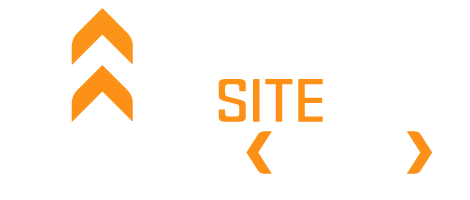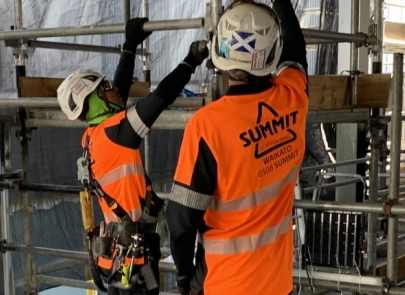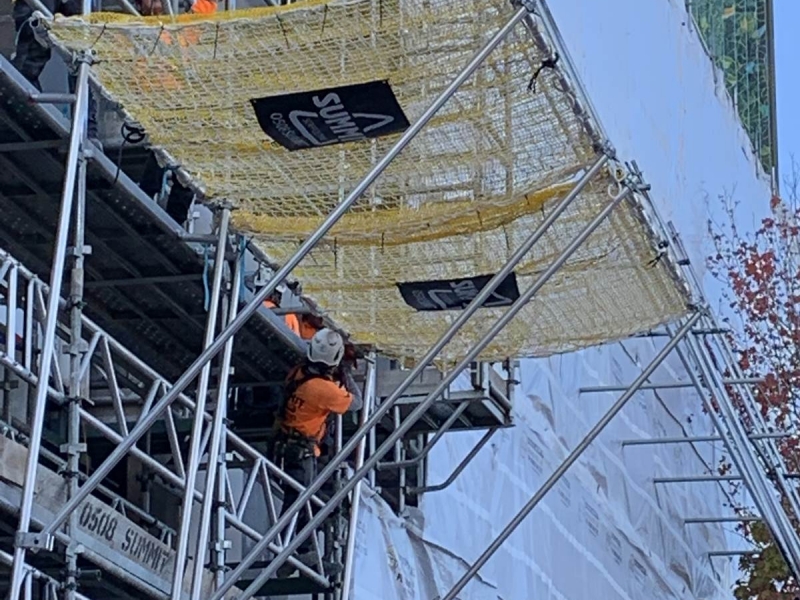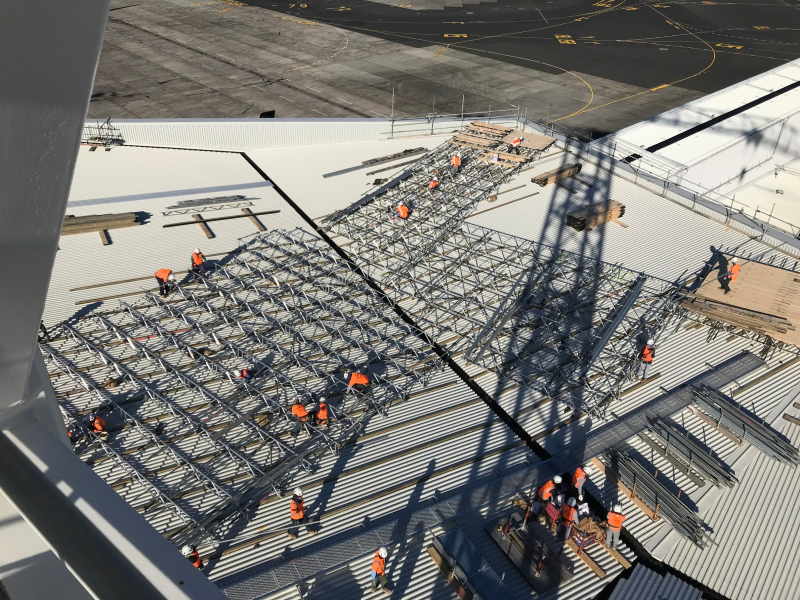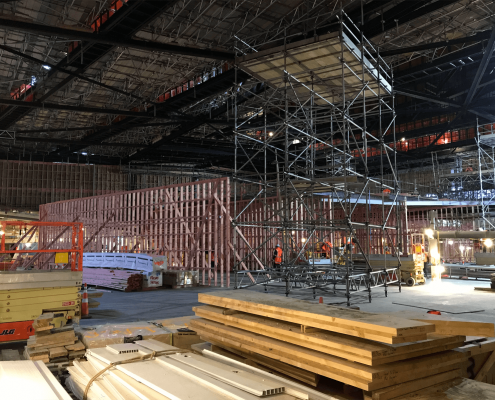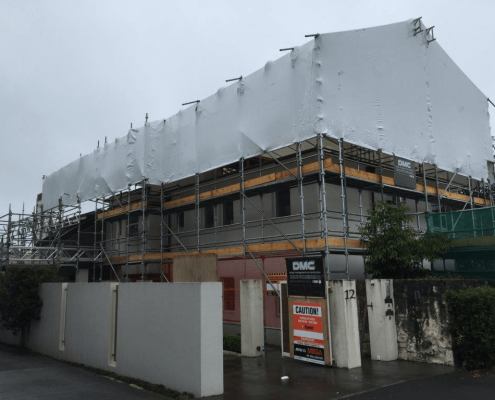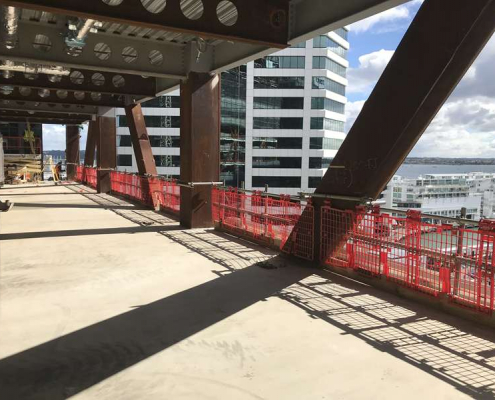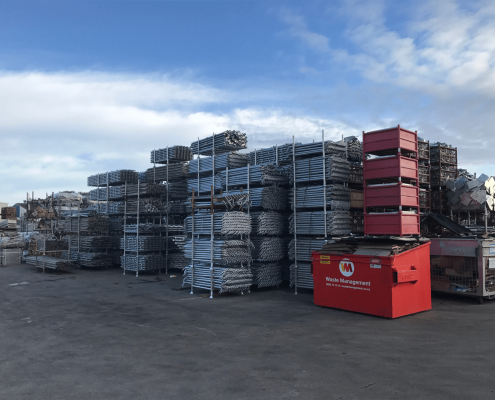Health and Safety
Health and Safety: Summit Scaffolding Northland are a health and safety conscious company because when you work at heights of over a hundred metres or more you must have pertinent health and safety knowledge at the forefront. The reasons are obvious, for our clients health and safety as well as that of our Summit team. Summit’s PCBUs (Person Conducting a Business or Undertaking) are extremely proud of the level of success they have achieved in this area to date.
With a strong dedication to every aspect of the work ethic expected, from the SARNZ Good Practice 2016 Guidelines and Site Safe NZ, ensures Summit can confidently tick-box mandatory health and safety requirements for every job they undertake.
These health and safety guidelines are a Worksafe NZ document (under the Health and Safety at Work Act 2015) which cover the construction, erection, dismantling, and use of scaffolding in New Zealand.
Effective and clear communication between all personnel is paramount to maintaining health and safety directives. Summit’s policy and processes flow like a ‘well oiled machine” from the first point of client contact, to the dismantling of scaffolding at the end of a completed project, the Summit team know exactly how to perform.
Following the clear communication process as well as a detailed health and safety knowledge policy allows Summit to move through projects promptly unhindered by unforseen issues.
- Platforms of 1000mm width
- K Guard and Catchfan edge protection and barrier systems
- Pitch angle roof and edge protection and guard rails
- Tube and fitting scaffolding
- Kwikstage scaffolding
- Fixed, mobile, or suspended scaffolding
- Shade cloth
- Birdcages
- Pedestrian gantries and public access walkways
- Propping (Falsework) and Shoring
- Loading bays
- Demolition chutes
- Safety nets
- Temporary fences
- Shrinkwrap for weatherproofing and to contain pollutants, dust, and debris.
Health and Safety Handbook
Click here to download the Health and Safety Handbook as a PDF
Health and Safety: Summit Scaffolding Northland
Following the clear communication process as well as a detailed health and safety knowledge policy allows all Summit Scaffolding branches to move through projects promptly unhindered by unforseen issues.
For progress to be made in such a cohesive manner the Summit team members undergo extensive training. Summit runs a top-class training program and employment contract system which has cultivated and generated a competent team of certified scaffolders and National Certificate in Advanced Scaffolding-certified supervisors. In addition, Summit also offer training qualifications such as First Aid, Mobile Elevating Work Platforms (MEWP) and Confined Space which help Summit meet and exceed obligations under the Health and Safety in Employment Act 1992 (HSE Act) and the Health and Safety in Regulations 1995 (HSE Regulations).
Preventing falls when working at height means Summit are regularly assessing risks and hazards, accessing the correct equipment to use, and planning a safe approach with robust systems in place.
For Summit to achieve this it may include PPE, edge protection, temporary work platforms, total restraint systems, harnesses, or nets – all scaffolding tools which give Summit the capability and flexibility to supply access solutions to any and all projects in the safest possible manner.
Summit are obliged to follow through with compliance on:
• The Health and Safety at Work Act 2015 (HSWA)
• The Health and Safety in Employment Regulations 1995 (HSE Regulations)
• Health and Safety at Work (General Risk and Workplace Management) Regulations 2016 (GRWM Regulations)
• SARNZ Good Practice Guidelines for Scaffolding in New Zealand 2016.
